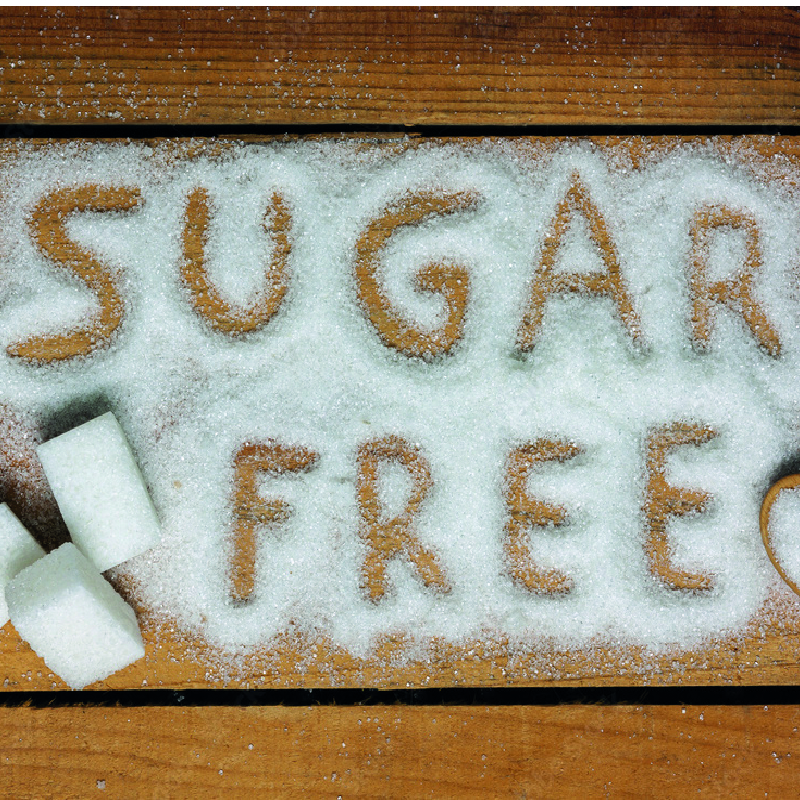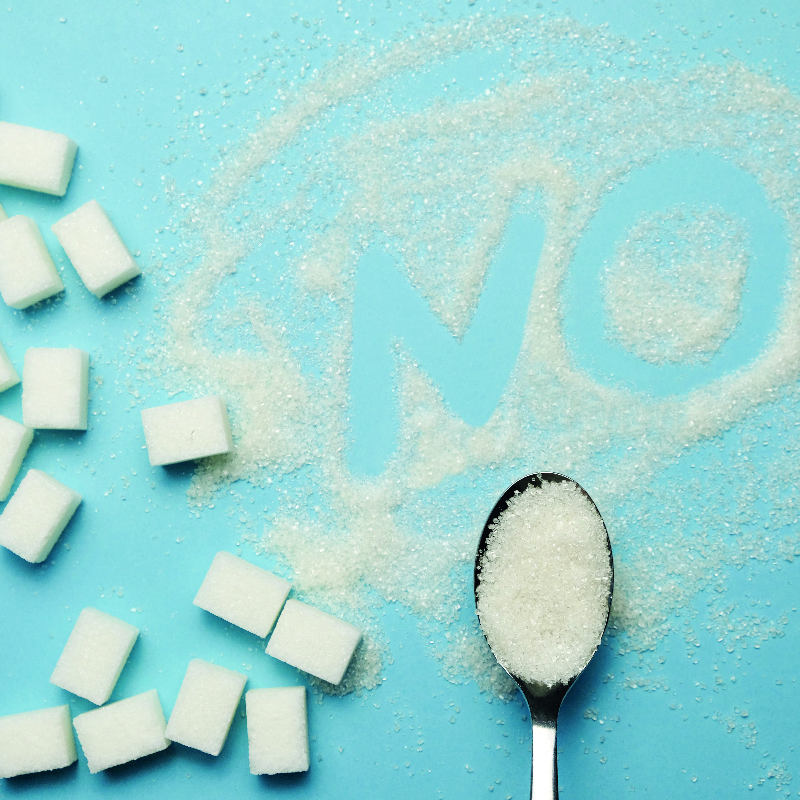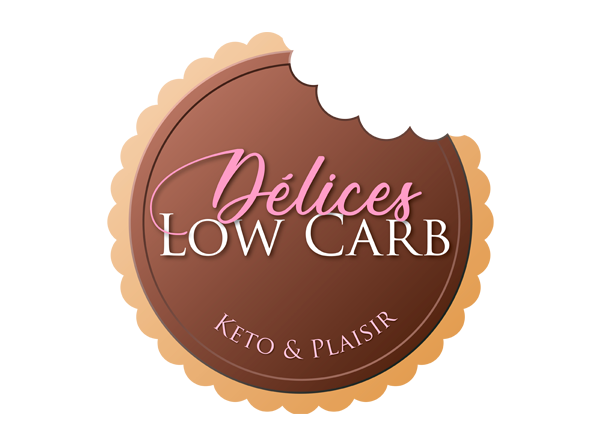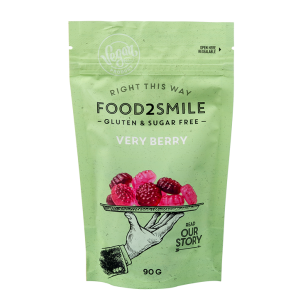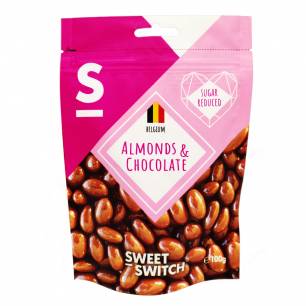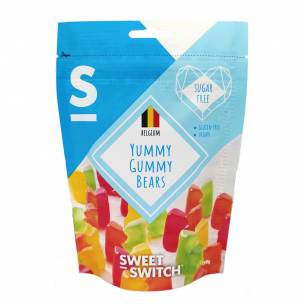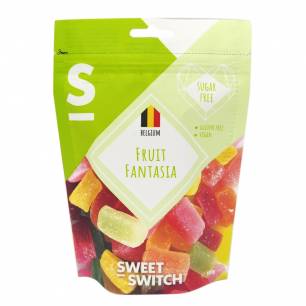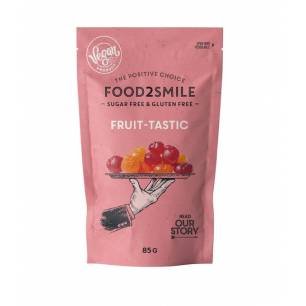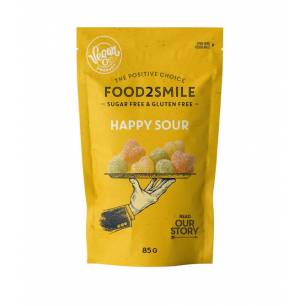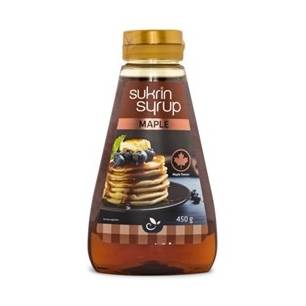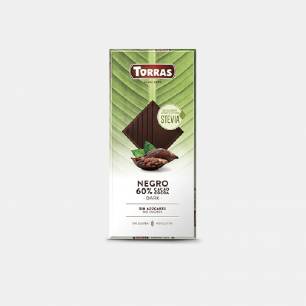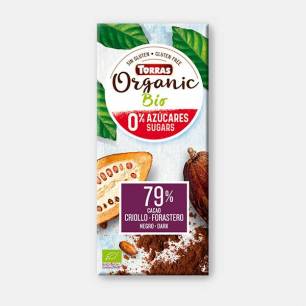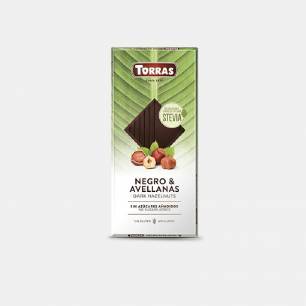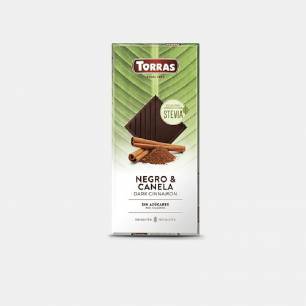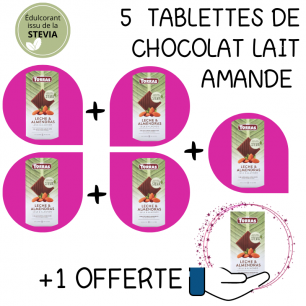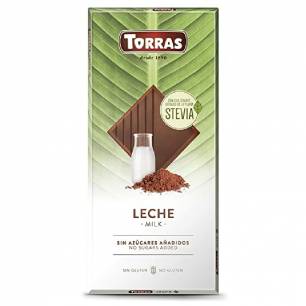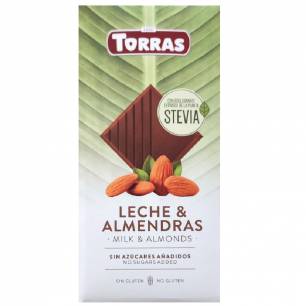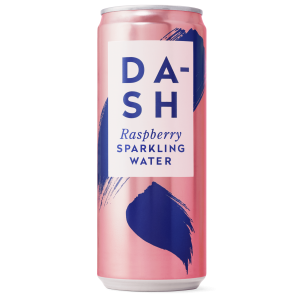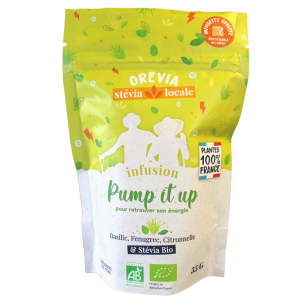

Sugar-free diet
Candy without sugar
Sugar Free Syrup
Sauces without sugar
Sugar-free chocolate
Sugar free drinks
A sugar-free diet
Very popular right now, the ketogenic (very low-sugar) diet promises a range of health benefits.
- lasting, pain-free weight loss,
- as well as better energy in general.
The basic principle is to reduce the consumption of carbohydrates drastically, and focus on protein and fat for a low glycemic load. The body will therefore use ketones as fuel and create the energy it needs via neoglucogenesis , that is, from protein.
Eating large amounts of sugar has a devastating effect on the body. When we eat carbohydrate-rich foods, insulin (the hormone that regulates glucose in our blood) is supposed to regulate the glycemic load. If this job is not done, glucose is stored in the body as fat. This phenomenon is the source of type 2 diabetes.
Keto (or ketogenic diet) what is it?
Keto (keto) and Low-Carb are often lumped together and used synonymously: nevertheless, even though in both cases it is a reduction of carbohydrates, they are not to be used interchangeably, as both have their rules" and can be used for different purposes.
The Keto
An average adult following conventional food guides can consume up to 350 grams (which means a lot of calories) of carbohydrates per day (or more, if you follow the advice to eat between 45% and 65% of daily calories from this type of food). And we're not talking about junk food, we're talking about starchy foods, wheat, fruit juices, pasta, pastries, etc.
As far as keto is concerned, the limit is going to be between 20 and 50 grams of carbohydrates per day, although information on the internet talks about being under 20 grams to be in nutritional ketosis. This idea is based on the fact that it could induce the state of ketosis more quickly, as well as boost weight loss more easily. However, ketosis can be achieved by eating 50 grams of carbohydrates from vegetables and some fruits.
Rest assured, high-fat foods contain the necessary nutrients for your body to function properly.
Low-carb
When you eat low-carb, carbohydrates are limited to between 100 and 130 grams per day or so , mostly from vegetables and some fruits (called fructose). The fat intake will therefore be less than in keto, because there will be more carbohydrates in a day. The advantages: it is ideal for those who do not want to go directly into a strict keto, to have more choices in terms of fruits or vegetables, for people who have already achieved their weight loss goal with keto, and also for some diabetics, especially those of type 1 (always to be consulted with his doctor).
A remedy for epilepsy
The story starts long before our current fashions: at least 500 years before Christ, fasting was already used as a remedy for epilepsy. In the 1920s , looking for an alternative to mimic the metabolism of fasting, doctors created the ketogenic diet, or ketogenic diet, to be able to thus treat this disease, especially the refractory epilepsy in children . The results of their experiments are bluffing.
The Livingston study
In 1972, the researcher Livingston explains that a study that followed 1000 children during the previous decades shows that 52% no longer have seizures, and 27% manage to control them thanks to the consumption of foods with low carbohydrate content.
During the XX century, different alternatives will be proposed on this subject: stricter for older children, based on MCT (medium-chain tryglicerides, or medium-chain triglycerides) and with a little more carbohydrates for younger children, which helps them to hold in this dietary pattern. With the massification of epilepsy drugs, keto falls off the radar a bit, except for extreme cases that don't respond to the drugs.
The Atkins Diet
In the 1960s, Dr. Robert Atkins popularized a version of keto that severely restricts carbohydrates at first and reintroduces them a bit after reaching a healthy weight. Also, researchers like Phinney and Volek, now named the fathers of modern keto, were beginning to publish papers on the subject, mostly to treat metabolic diseases, such as diabetes, PCOS, or non-alcoholic fatty liver, among others.
Current keto
Nowadays, scientists or doctors such as Tim Noakes , Jason Fung , Andreas Eendfeldt and several others regularly publish content on the subject of low-carb and keto and their benefits.
The different types of sugar-free diet
A sugar-free diet does not mean excluding sugar itself, but carbohydrates in general, keeping a threshold of about 20 grams per day, which will come especially from natural sources, such as low-carbohydrate vegetables, oilseeds, and some prepared products that respect the principles of this type of diet.
Benefits to the body
The majority of people start a sugar-free diet to lose weight. Nevertheless, the benefits of Low-Carb and Keto diets go far beyond that and include:
- Loss of weight, especially from the abdomen (the most dangerous fat)
- Mental clarity
- Better state of mind
- Better athletic performance
- Quality sleep
- Creation of muscle mass
- Lower triglycerides
- Increase in HDL
- Lower insulin, i.e., controlled blood sugar, stable blood glucose.
In summary, this diet helps control blood sugar levels by limiting the consumption of carbohydrates (in the form of slow or fast sugars) and will favor foods with a very low glycemic index, especially lipids, but also proteins, which have in addition a thermogenesis effect.
Integrating it into daily life
We don't always realize it, but sugar is omnipresent in traditional meals. You'll find it in industrial dishes, in your children's morning cereal, in syrup, white bread, as well as in many other everyday foods. Although it is a quick source of energy for the body, over time it is harmful to the body.
The sugar-free diet is an easy dietary habit to implement on a daily basis through the use of ingredients such as:
- flour
- vegetable oil
- egg whites
- keto bread
- cereals
- the edulcorants (not raising blood sugar) type: erythritol, Stevia, Xylitol
- chocolate baking
And the list goes on. All of these products generate a consistent reduction in the glycemic load of your dishes.
When we talk about sugars, we tend to think breakfast, dessert, coffee break. Meals where it's easy to think that sugar-free means tasteless. this is totally wrong. you can still eat chocolate, low-carb bread but just as tasty.
On the other hand the list of foods to avoid is:
- syrup (for your drinks)
- industrial type cereals (high carbohydrate content)
- industrial prepared meals
The body does not need carbohydrate on a daily basis. When you eat fruit your body already assimilates plenty of it. This sugar is called fructose and its sweetening power is far superior to traditional sugar. In a Keto diet fruits are allowed although to be enjoyed in moderation.
The sugar-free consumable does not stop at what you eat. Beverages are also affected. Coffee, Tea, your chocolate milk in the morning is to be incorporated into your sugar free diet. Much more than you might think, these drinks contain a high amount of carbohydrates. Low-carb products are available on Delightslowcarb so you can continue to consume your favorite beverages without depriving yourself or breaking your diet.
Conclusion
A sugar-free diet has health benefits that go beyond weight loss. Low Carb and ketogenic diets are not just for one particular type of audience. It is applicable for everyone. Once you realize how many carbohydrates are in your food (without worrying about the calories) and this is due to the sugars you start to want to eat differently. Of course, these diets are not magic formulas. The quality of life (stress reduction, sleep, physical activity) is to be taken into account. But the benefits on the body are substantial.
"

